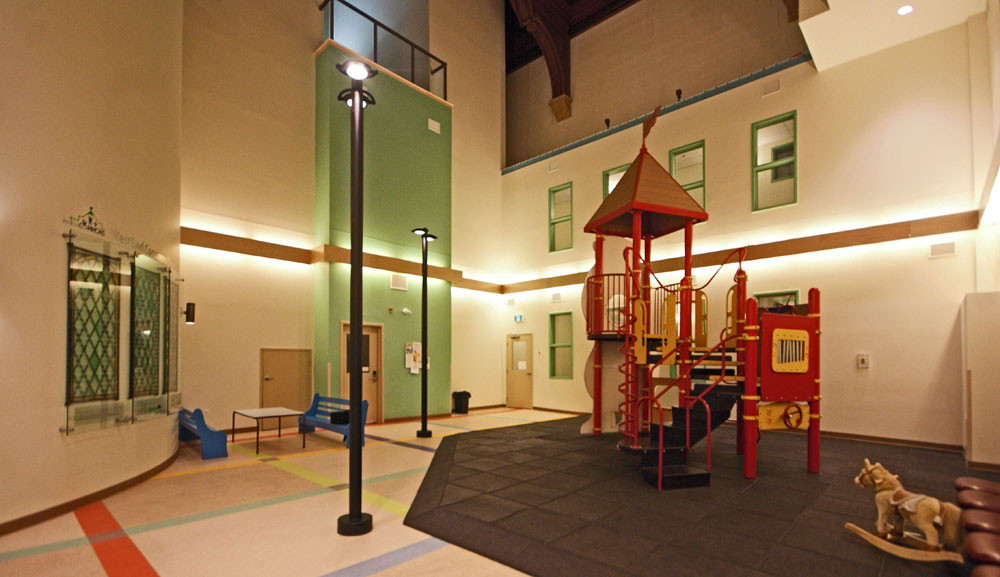Finding a new home
WestEnd Commons creating community on the corner
Shelter is a basic human need, yet with market rent levels so steep, it’s a necessity many families struggle to afford. Approximately 35,000 Canadians experience homelessness on any given night, and for those with somewhere to go, costs can often exceed 50 per cent of their household income.
In 2009, St. Matthew’s Anglican Church underwent a renovation in order to provide for that need. The space became WestEnd Commons, a social housing unit located at 641 St. Matthews Ave.
Jenna Drabble, who has been working at WestEnd Commons for six months, voiced the importance of the ways in which the space provides a home for its residents.
“As the community connector I have two functions,” Drabble says. “To bring tenants in the building together, and to connect them to resources in the community that they might need or want. When this project was created it wasn’t only to provide housing. The goal is to build a supportive and collaborative community.”
The space still operates partly as a church while the basement houses a neighbourhood resource centre. With lots of free space and a commercial kitchen, the area provides many resources to community members, like drop-in programming four days a week, and a food bank twice a week.
The upper floors contain 26 apartments, 20 of which are subsidized living. One tenant, Sonia Cashman, shared a single bedroom apartment with her son for three years before moving to WestEnd Commons.
“It’s a different dynamic,” she says. “You have people coming from all kinds of housing situations, people from other places in the country, people who’ve recently immigrated. They all have a different upbringing and they all come from different backgrounds. It’s about bringing it all together in order to work for this place, to make it better
for everyone.”
“Having those relationships between residents can help in overcoming a lot of challenges,” Drabble says. “Once people know each other, they start to look out for each other, which definitely creates a sense of safety.”
The wait list is continually growing, with Drabble receiving at least a call a day from applicants in search of affordable housing. Priority is given to those who are in housing situations which are either unaffordable or under accommodating.
“Under-housing is a huge part of it,” Cashman says. “Usually the parents end up putting the kids in the bedrooms, and then they’re sleeping in the living room. Sometimes it’s a struggle for that sense of privacy, which only creates more stress.”
The process of choosing between one need and another is a worry that families living in core housing face constantly. Once they find affordable places to live, they can alleviate that pressure.
“It’s about finding something that you don’t have to spend your grocery money paying for,” Cashman says. “It frees up that little bit of cash and just takes that weight off your shoulders. It’s a small thing, to be able to afford food, but some people give that up just so they can catch up on their rent.”
Published in Volume 69, Number 18 of The Uniter (January 28, 2015)







